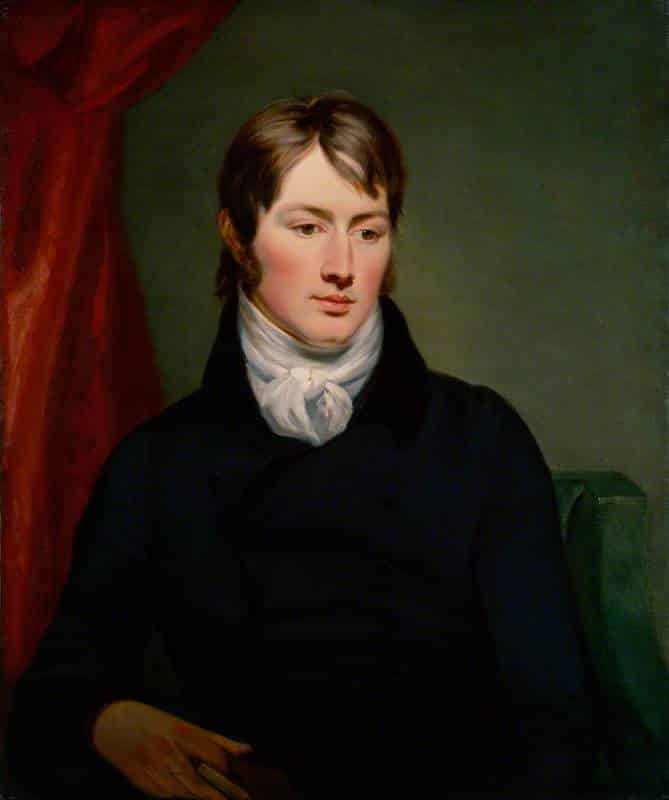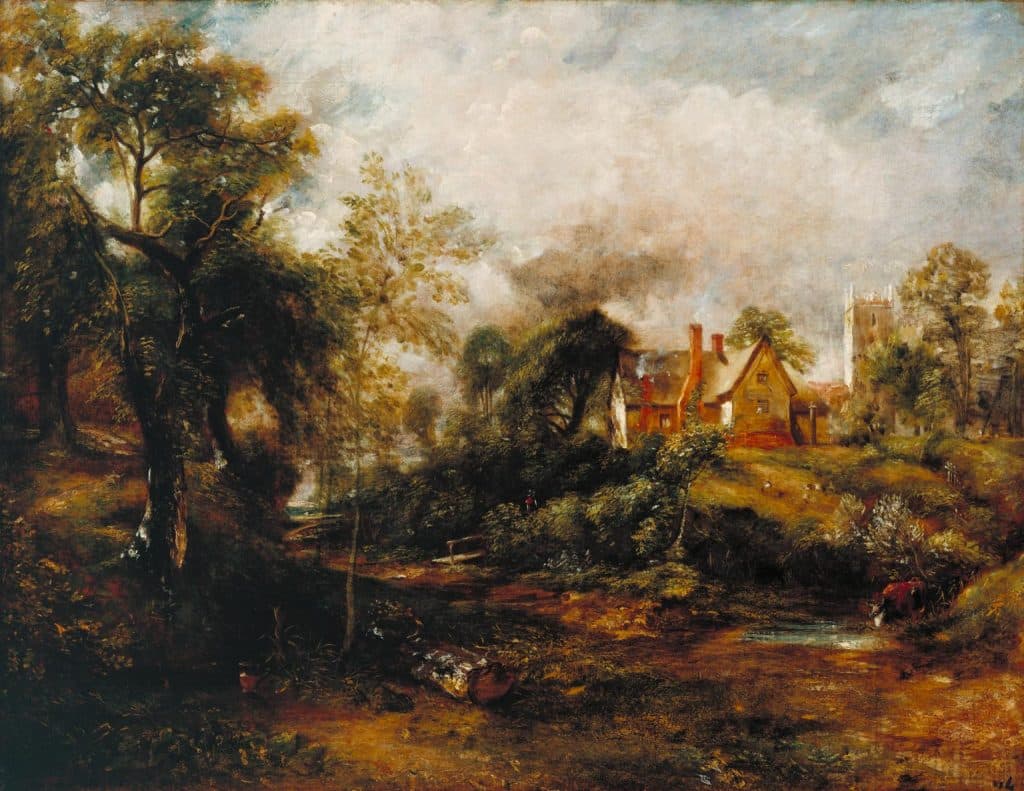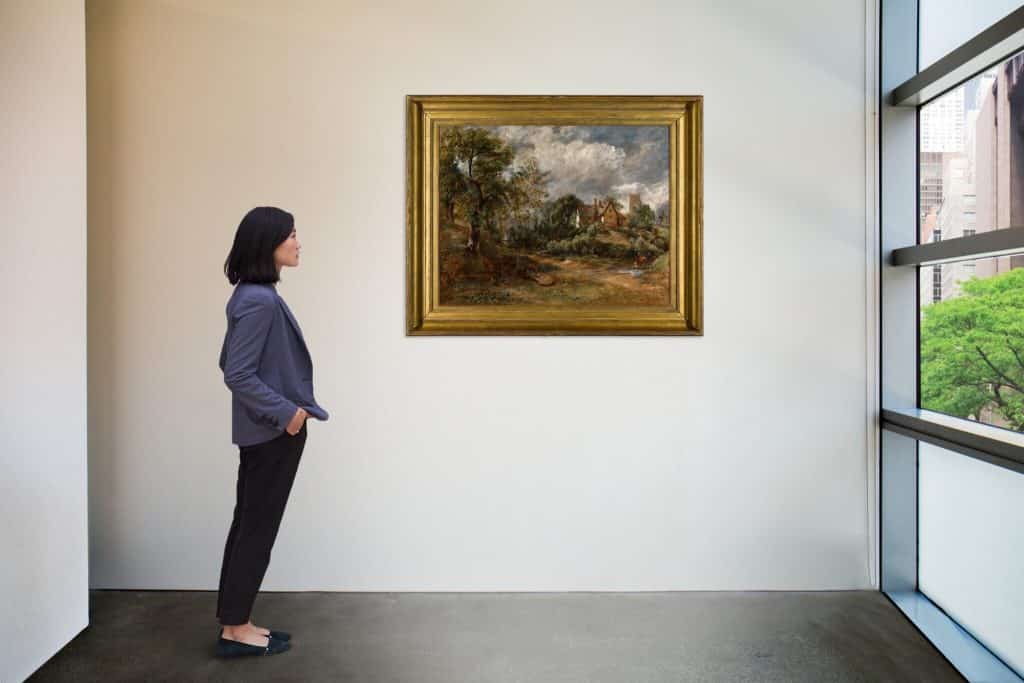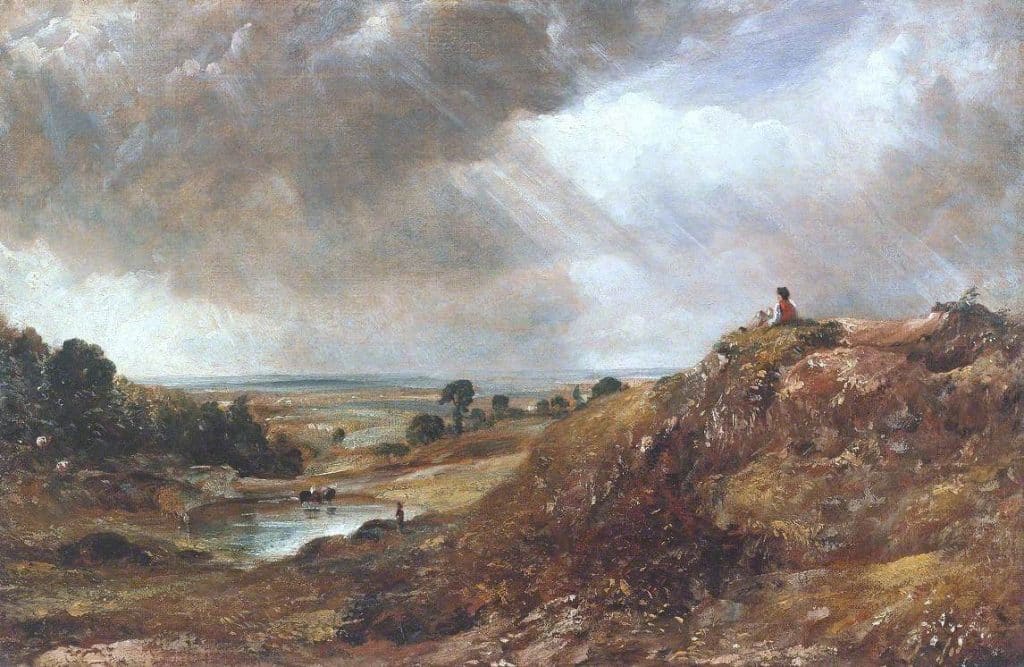Not only have art experts discovered an unseen oil sketch of Hampstead by Romantic painter John Constable which had been concealed behind another of his works for at least 125 years, but they found the fifth original Glebe Farm painting now worth millions.
John Constable who was born in Suffolk is known principally to have revolutionised the genre of landscape painting with his pictures of East Bergholt, the surrounding areas where he was bought up.
In fact, the Victorian and Albert Museum in London boasts the largest collection of works by John Constable anywhere in the world. He is considered to be one of the world’s most influential landscape artists – one that somehow represents the perfect countryside vision of any British landscape.
His extraordinary ability to feel emotional depth and serenity, in seemingly mundane scenes, has always inspired admiration. Taking a closer look at how these influences played out in his life and work Constable was not only a revolutionary but a storyteller.
He considered himself to be an artist to paint the world as it truly was.

It was only really in the eye of the impressionists that he was acknowledged as one of the founders of modern art. Constable said that painting was another word for feeling.
With his father working as a prosperous Suffolk merchant with interests chiefly in corn and coal, it’s obvious why Constable loved landscapes.
Now, one of his famous paintings is causing a great stir on the art market – The Glebe Farm.

The Glebe Farm painting depicts a cottage nestling in woodland. This was a common theme in 19th-century art. However, Constable created this masterpiece for personal reasons.
But this all changed when art experts discovered that the painting by Constable was the original erosion.

It comes after an old poetry book was found to contain lost artwork from the famous English landscape painter John Constable.
“Now it will be sold at Sotheby’s Old Masters auction on December 8 with an estimated value of $4M to $6.5million,” says the Daily Mail.
One version of The Glebe Farm is housed at the Detroit Institute of Arts, and the other three versions are at the Tate. This new fifth version, interestingly, has an added feature that Constable painted.

Art experts say that the addition of a windmill to the right of Fisher’s cottage was a tell-tale sign of originality. They also dated the painting back to 1828.
“The recent discovery is a rare and enormously exciting event. Constable was thrifty with his artist’s materials and sometimes painted sketches on both sides of scraps of reused canvas. It has been stuck there for centuries.” – Mark Evans, the V&A’s senior curator of paintings


